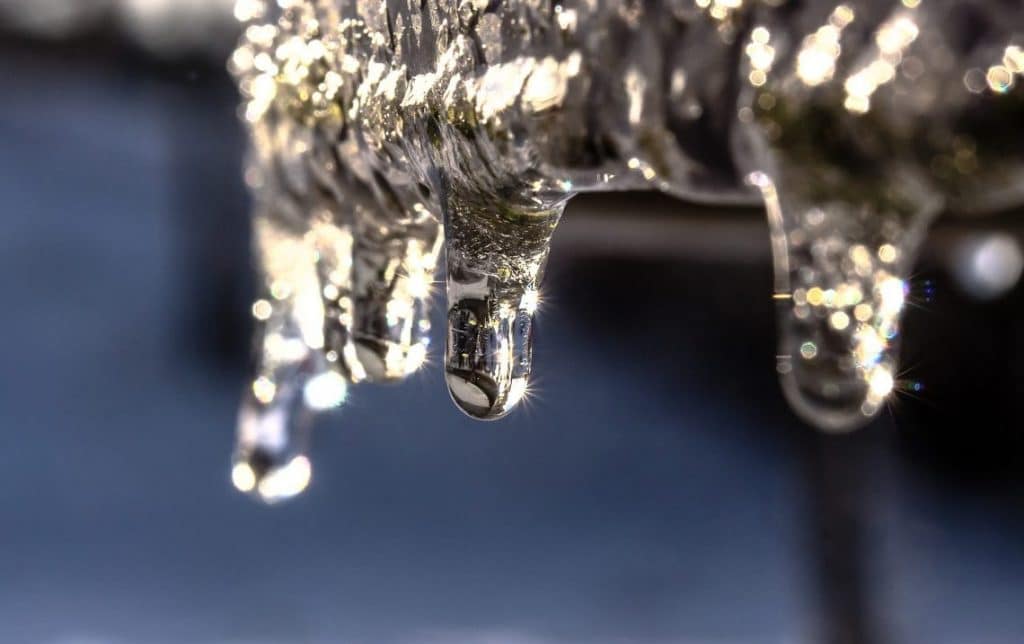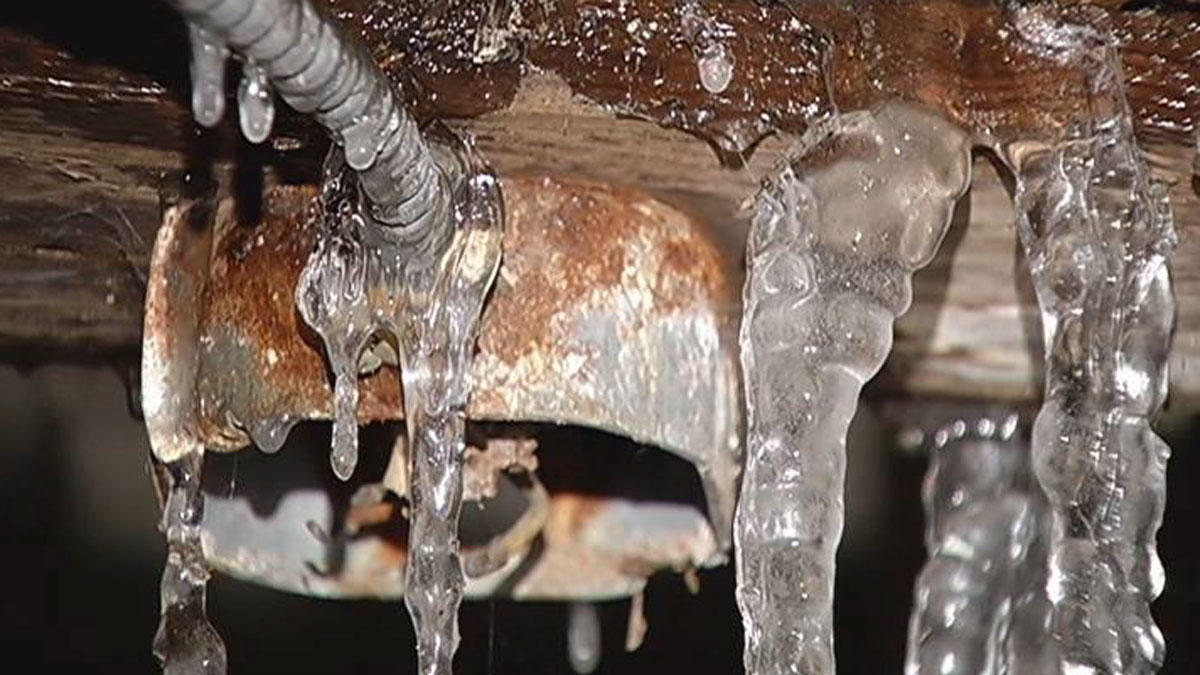Tips to Maintain Your Pipes from Freezing Issues: Important Guidance
Tips to Maintain Your Pipes from Freezing Issues: Important Guidance
Blog Article
How do you really feel in regards to Helpful Tips to Prevent Frozen Pipes this Winter?

Winter can wreak havoc on your pipes, especially by freezing pipes. Below's how to prevent it from happening and what to do if it does.
Introduction
As temperatures decrease, the risk of icy pipelines rises, potentially bring about costly repair services and water damages. Recognizing exactly how to stop icy pipelines is crucial for property owners in chilly climates.
Comprehending Icy Pipelines
What triggers pipes to ice up?
Pipelines freeze when exposed to temperature levels listed below 32 ° F (0 ° C) for expanded periods. As water inside the pipelines ices up, it increases, taxing the pipeline walls and potentially creating them to break.
Risks and damages
Icy pipes can cause water system disturbances, building damage, and costly fixings. Ruptured pipes can flooding homes and cause extensive structural damage.
Indicators of Frozen Piping
Determining icy pipes early can avoid them from breaking.
Just how to identify frozen pipelines
Try to find reduced water flow from faucets, uncommon smells or noises from pipes, and visible frost on revealed pipes.
Avoidance Tips
Protecting at risk pipelines
Cover pipelines in insulation sleeves or utilize heat tape to safeguard them from freezing temperatures. Focus on pipelines in unheated or outside locations of the home.
Heating techniques
Maintain indoor areas adequately warmed, specifically areas with plumbing. Open up closet doors to enable warm air to flow around pipes under sinks.
Shielding Outdoor Plumbing
Yard tubes and outside faucets
Detach and drain yard hoses prior to winter. Set up frost-proof spigots or cover exterior taps with shielded caps.
What to Do If Your Pipelines Freeze
Immediate actions to take
If you presume icy pipelines, keep faucets open up to soothe stress as the ice thaws. Use a hairdryer or towels taken in warm water to thaw pipes gradually.
Long-Term Solutions
Architectural changes
Think about rerouting pipelines far from outside walls or unheated areas. Include added insulation to attic rooms, cellars, and crawl spaces.
Upgrading insulation
Invest in top notch insulation for pipelines, attic rooms, and walls. Correct insulation helps keep constant temperatures and reduces the danger of icy pipelines.
Verdict
Stopping frozen pipelines requires positive procedures and fast feedbacks. By understanding the reasons, indications, and preventive measures, property owners can protect their plumbing throughout winter.
5 Ways to Prevent Frozen Pipes
Drain Outdoor Faucets and Disconnect Hoses
First, close the shut-off valve that controls the flow of water in the pipe to your outdoor faucet. Then, head outside to disconnect and drain your hose and open the outdoor faucet to allow the water to completely drain out of the line. Turn off the faucet when done. Finally, head back to the shut-off valve and drain the remaining water inside the pipe into a bucket or container. Additionally, if you have a home irrigation system, you should consider hiring an expert to clear the system of water each year.
Insulate Pipes
One of the best and most cost-effective methods for preventing frozen water pipes is to wrap your pipes with insulation. This is especially important for areas in your home that aren’t exposed to heat, such as an attic. We suggest using foam sleeves, which can typically be found at your local hardware store.
Keep Heat Running at 65
Your pipes are located inside your walls, and the temperature there is much colder than the rest of the house. To prevent your pipes from freezing, The Insurance Information Institute suggests that you keep your home heated to at least 65 degrees, even when traveling. You may want to invest in smart devices that can keep an eye on the temperature in your home while you’re away.
Leave Water Dripping
Moving water — even a small trickle — can prevent ice from forming inside your pipes. When freezing temps are imminent, start a drip of water from all faucets that serve exposed pipes. Leaving a few faucets running will also help relieve pressure inside the pipes and help prevent a rupture if the water inside freezes.
Open Cupboard Doors
Warm your kitchen and bathroom pipes by opening cupboards and vanities. You should also leave your interior doors ajar to help warm air circulate evenly throughout your home.

I came across that piece of writing about How to prepare your home plumbing for winter weather when doing a lookup on the internet. Remember to pause to distribute this page if you enjoyed reading it. Thank-you for going through it.
Explore Now Report this page